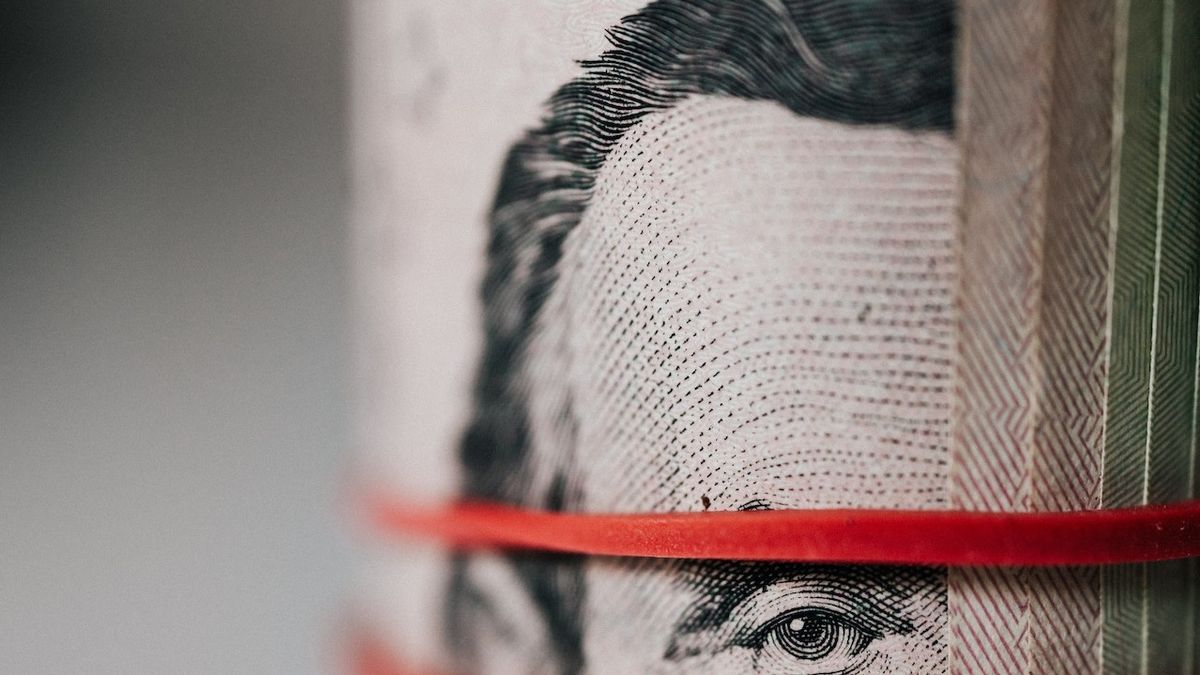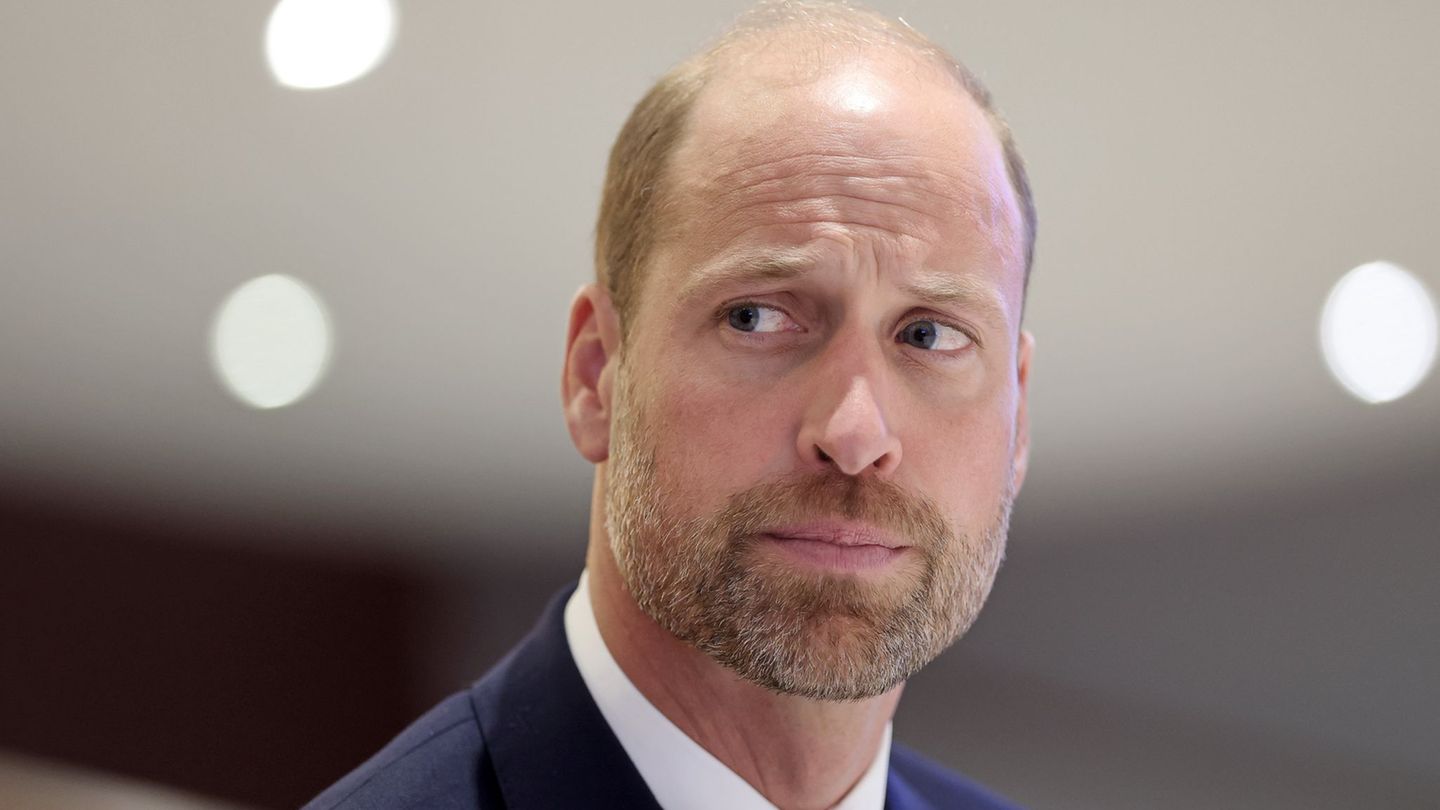He dollar fell to a new low in Uruguay after the ninth consecutive day that closed lower, and returned to the 37-peso range after more than three years of staying above 38 pesos, in a clear sign that the country’s exchange rate delay seems to be far from over. be solved. Meanwhile, the domestic and international factors are conjugated to continue putting upward pressure on the peso.
The data of the Central Bank of Uruguay (BCU) they registered an official price of 37,931 pesos, a value that since February 17, 2020 was not so low for the US currency. The partial record was expected, when on Friday the currency closed at 38,020 pesos, very close to leaving the range in which it remained for almost two months.
The decline already seems to have become a trend for the dollar which, so far this year, has accumulated a negative balance of 5.34%, which is added to the 10.65% drop it suffered during 2022. So far in June, the decline is more than 2.19%. Thus, currently, the US currency costs a 11% less than three years ago. But what is behind this collapse after several weeks of relative stability in its price?
More investments and better exports
When analyzing the sustained decline in recent days, one of the main reasons is linked to the announcement of the largest investment in the country’s history, through which the business group Global HIF will disburse some 4 billion dollars for the construction of a green hydrogen and renewable energy plant in Paysandu.
This announcement was made on June 8 and coincided with the dollar’s plummeting and the appreciation of the Uruguayan peso, a behavior similar to that adopted by the currency in July 2019, when a similar investment was confirmed for the construction of the second floor of UPM In uruguay.
The truth is that this investment is not yet effective, and the 4,000 million dollars —at least, in its entirety— have not yet entered the country. But the news generates confidence among investorswhich continue to turn to the peso to operate —thanks to a return (spread) that continues to be interesting in terms of earnings—, and it can be expected that in the future, this investment will still have a stronger impact on the local foreign exchange market.
In parallel, the foreign direct investment —which reaches around 4.5% of the Gross Domestic Product (GDP), high compared to previous years— also generates downward pressure on the exchange rate due to the inflow of dollars. Especially considering that exports of non-traditional services —linked to the information technology sector— show great dynamism which, moreover, explained a good part of the growth in economic activity during the first quarter of the year.
All this means a greater supply of dollars in a market that does not have enough demand to absorb that availability of foreign currency.
A market that operates in pesos
Since Standard & Poor’s (S&P) improved the country’s credit rating, the effect on the appreciation of the peso is not just a debate, but a reality. The upward pressure on the local currency, driven by the Agency support for the Uruguayan economy and the incentive for investors to trust the country for their business was reinforced with the following improvements by Moody’s and of fitch. In this way, the approval of the three most important rating agencies was another reason to widen the gap in the exchange rate.
Meanwhile, the interest rates in pesos still remain attractive enough to choose to invest in local currency thanks to the monetary policy carried out by the BCU to control rising inflation. Although the contractive path seems to have come to an end, the truth is that the entity only lowered rates by 0.25 points in April, so the changes were not that significant in terms of spread.
Regarding this, it must also be considered that June is historically a month in which there are usually greater demand for pesos due to payment of bonus.
The dollar weakens globally
Last but not least, the downward behavior of the dollar is not something that happens only in Uruguay —although the phenomenon may be intensified by domestic factors—, but the weakening of the US currency it is global and has been happening since September 2022. During this time, it weakened by around 1.3% against the main world currencies, while it did so by 2% against the average of emerging currencies.
In this context —which may be even more pronounced after the drop in inflation in USA and the pause in the contractive policy of the Federal Reserve (Fed) —, investors turn to the emerging markets; which, in turn, also generates an impact in Uruguay.
What is expected for the remainder of the year?
The drop in the dollar could be an element with which the Uruguayan economy lives until the end of the year, although some stability can be expected towards the end of 2023. Amid the increasingly pressing claims of the export sectors that are losing competitiveness with every cent that the peso appreciates, the tool only that the economic authorities have to counteract the multiplicity of factors that make the dollar fall back is the Monetary Policy Rate (MPR).
However the 2024 can bring news from the hand of the volatility typical of an election yeareven more pronounced in a scenario in which the broad front —a left-wing coalition, which is not usually one of the market’s favorites— is positioned as a candidate to regain power.
Source: Ambito




